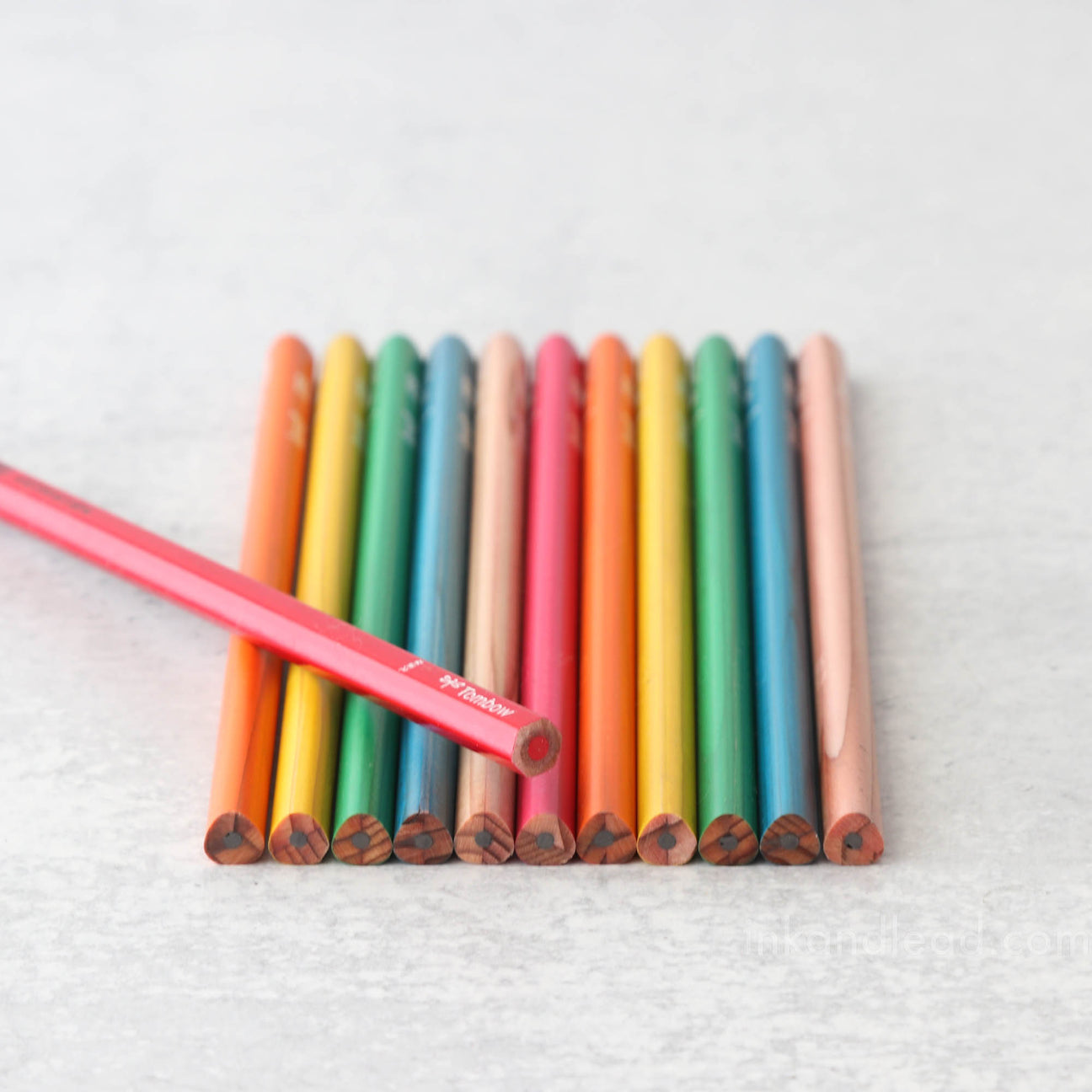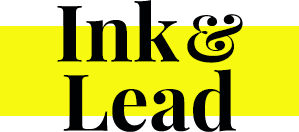A Beginner’s Guide to Wooden Pencils
In our increasingly digital world, wood pencils are the ultimate analog tool. The grainy appearance of the lines, the smell of the wood, the sound of the lead scratching against the paper, appealing to almost all of our senses at once. They are uncomplicated–no mechanisms, no refills, just wood and graphite. But even with something so seemingly simple, there are details that can escape the casual user, and are very helpful to understand if you want to get the best out of your stationery.

Lead grades and what they mean
At its core (pun intended), pencil grade indicates the hardness of the lead. (And we should also say here that there is no actual lead in pencils. It was all just a misunderstanding! When the first graphite deposit was discovered in England in the early 16th century, they misidentified it as a form of lead and the name stuck.) So, pencil cores are made by grinding graphite into powder, and mixing it with clay to make it harder, and the grading system tells you how much graphite is in the lead. The more graphite there is, the softer the lead, and the darker it writes. Less graphite means harder lead, that writes lighter.
HB vs. No. 2 Pencils
The earliest scale for lead grading was used in Europe in the 1800’s. It uses the letter H for “hardness”, and the letter B for “blackness” and F for “firm” so the numbered scale would look like this:
9H 8H 7H 6H 5H 4H 3H 2H H F HB B 2B 3B 4B 5B 6B 7B 8B 9B
In the middle, you have F and HB which are considered standard, and ideal for writing. But wait, where does the No. 2 pencil fit on the scale, you might ask. Well, that’s an American thing. Our pencil making pioneers created a numeric scale with just five grads: 1, 2, 2.5, 3, and 4 with 1 being the softest.
The ubiquitous No. 2 pencil is roughly the equivalent of an HB in the rest of the world. The reason it’s the pencil used on Scantrons is because #1 is too soft and tends to smear while 3’s and 4’s were too light, making it hard for machines to pick up the marks.

What’s the best wood pencil?
So, the point (pun intended) of all this is, how do you know which graphite grade to choose? Leads on the softer side of the scale are going to be best for sketching and shading. Softer leads leave darker marks, can be smudged, and are tougher to erase cleanly, but they can make the most dramatic lines, and can work with blending sticks to create highly dynamic pieces. Harder leads are used for technical drawings because you can get finer lines that erase cleanly. No matter which lead grade you choose, keep in mind the type and quality of paper will affect the look of your lines. The rougher the paper, the more graphite will transfer. As a general rule of thumb, paper with rougher finishes require harder pencils, while smoother paper finishes are suitable for softer leads.
Now that you know the basics, you can confidently go out and shop for the best wooden pencils for your drawing, sketching, drafting, and writing needs.
Let's stay in touch!
Sign up to get updates about sales, giveaways, new products, and other exclusive surprises.
